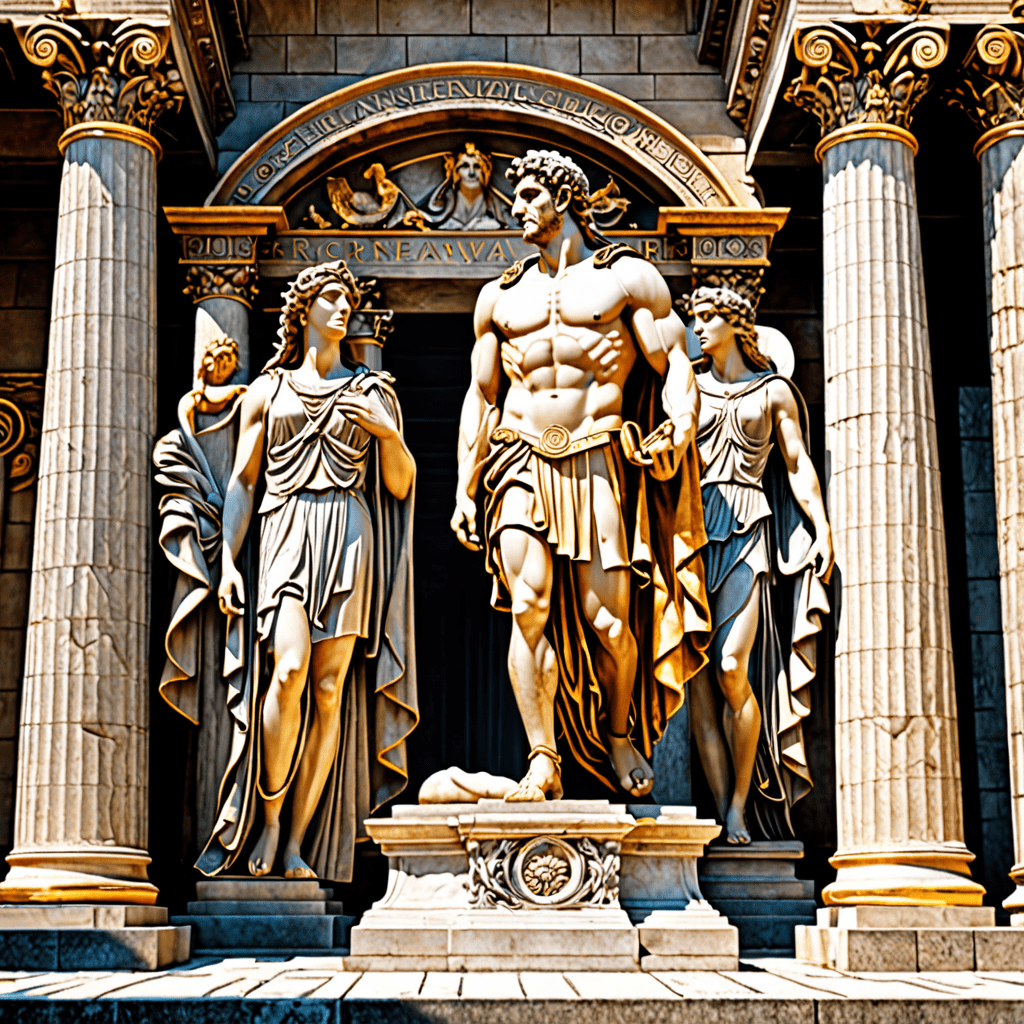Roman Mythology: Gods of Renewal and Regeneration
1. Introduction to Gods of Renewal and Regeneration in Roman Mythology
In Roman mythology, like many ancient belief systems, gods associated with renewal and regeneration played vital roles in the cycle of life and nature. These deities were worshipped for their powers to bring about new beginnings, growth, and transformation.
2. Gods of Renewal and Regeneration in Roman Mythology
One significant figure in Roman mythology associated with renewal and regeneration is Janus, the god of beginnings, transitions, and doorways. Janus is often depicted with two faces, looking towards the past and the future, symbolizing his ability to oversee transitions and changes.
Another essential deity in this domain is Saturn, the god of agriculture and time. Saturn was celebrated in the festival of Saturnalia, a time of merrymaking, gift-giving, and reversal of social roles, signifying renewal and abundance.
Furthermore, Pomona, the goddess of fruits and orchards, represented renewal through the cycles of planting, growth, and harvest. Her presence symbolized the bountiful offerings of nature and the promise of new beginnings.
3. Rituals and Celebrations Associated with Gods of Renewal and Regeneration
Throughout the Roman calendar, various rituals and celebrations honored the gods of renewal and regeneration. For example, during the spring festival of Floralia, Flora, the goddess of flowers, was revered for her role in flowering and blossoming, symbolizing new life and fertility.
Additionally, the worship of Consus, the god of stored grain, during the Consualia festival signified the preservation and renewal of food supplies, essential for the sustenance and growth of the community.
4. Legacy and Significance of Renewal and Regeneration Gods in Roman Culture
The presence of gods associated with renewal and regeneration in Roman mythology mirrored the society’s deep-rooted values of growth, transformation, and the cyclical nature of life. These deities not only provided spiritual significance but also underscored the importance of rejuvenation and revitalization in the fabric of Roman culture.
Today, the legacy of these gods continues to inspire ideas of new beginnings, creativity, and the constant evolution of life. Understanding their roles can offer insights into Roman beliefs and the enduring theme of renewal that transcends time.
FAQ about Roman Mythology: Gods of Renewal and Regeneration
Who are the Roman Gods of Renewal and Regeneration?
In Roman mythology, gods associated with renewal and regeneration include Janus, the god of beginnings and transitions; Flora, the goddess of flowers and fertility symbolizing rebirth; and Saturn, the god of time and renewal, often linked to the Golden Age.
How do these gods symbolize renewal and regeneration?
Janus is depicted with two faces looking to the past and the future, representing the transition and renewal of time. Flora’s connection to flowers and fertility exemplifies the cyclical renewal of nature’s growth. Saturn’s association with the Golden Age signifies the renewal and prosperity of life.
What role do these gods play in Roman mythology?
These gods are essential in Roman mythology as they embody the concepts of renewal, rebirth, and rejuvenation. They oversee the transitions between seasons, the cycles of life and death, and the continuous renewal of time and nature.
Are there any rituals or festivals dedicated to these gods?
Yes, Romans celebrated festivals like the Saturnalia in honor of Saturn, where social order was overturned, and gift-giving symbolized renewal. Floralia was dedicated to Flora, celebrating the blossoming of flowers and fertility. Jan




